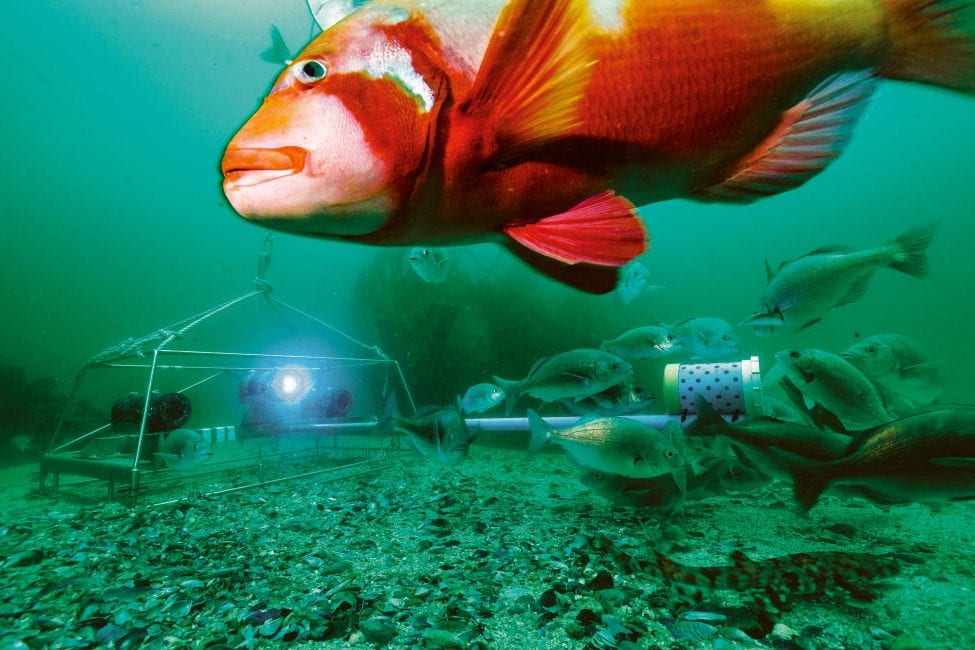Ocean View
New protection for South African waters
Words by Lauren de Vos
Cover image
Photo by Joris van Alphen At the end of 2018, South Africa advanced its ocean protection goals by approving 20 new marine protected areas (MPAs) for declaration. The proposed network of MPAs would increase the country’s protected waters from 0.4% to 5%, an area of about 50,000 square kilometres (19,305 square miles) according to the South African National Biodiversity Insititute (SANBI). For anyone who has visited the country’s parks on land, that’s twice the size of the Kruger National Park! The move is a bid to safeguard a sustainable future for South Africa’s citizens, protecting threatened ocean habitats and biodiversity so that the country’s fisheries and marine ecotourism sectors are secured.
Linked articles
